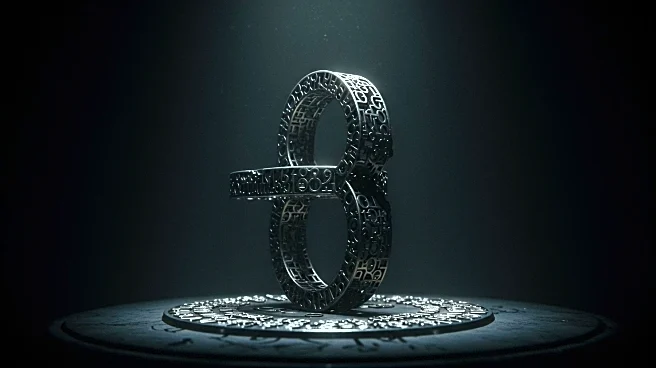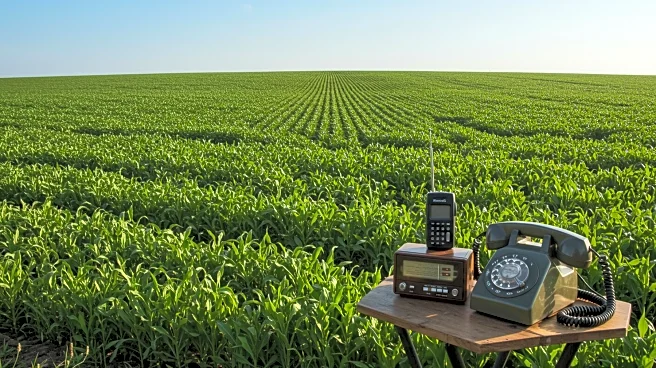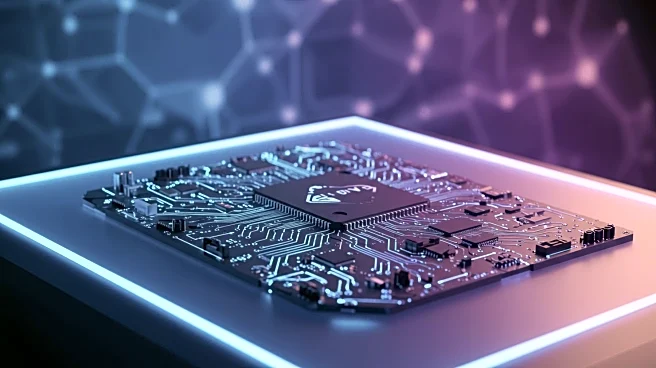What's Happening?
Jim Sanborn, the artist behind the 'Kryptos' sculpture at the CIA headquarters, plans to auction the solution to the sculpture's final unsolved code passage, known as K4. The decision comes after 35 years of maintaining the secret, which has attracted a cult following of codebreakers. Sanborn, who is turning 80, cites the physical, mental, and financial toll of keeping the code as reasons for the auction. The sale, managed by RR Auction, will include the original handwritten plain text of the K4 code and other related documents, with proceeds partly benefiting programs for the disabled. The auction is expected to fetch between $300,000 and $500,000.
Why It's Important?
The auction of the 'Kryptos' code solution is significant as it marks the potential end of a long-standing mystery that has captivated cryptography enthusiasts and the public alike. The sculpture has been a symbol of secrecy and intrigue, contributing to the CIA's public image. The sale could impact the community of codebreakers who have dedicated years to solving the puzzle, potentially shifting focus to other cryptographic challenges. Additionally, the auction highlights the intersection of art, espionage, and cryptography, raising questions about the privatization of knowledge and the cultural value of secrets.
What's Next?
The auction is scheduled for November 20, coinciding with Sanborn's 80th birthday. The outcome of the sale could influence future interest in cryptographic art and the 'Kryptos' community. If the buyer chooses to keep the code secret, it may preserve the mystique surrounding the sculpture. However, if the solution is revealed, it could lead to new discussions and analyses within the cryptography field. The auction's proceeds will support programs for the disabled, adding a philanthropic dimension to the event.
Beyond the Headlines
The decision to auction the 'Kryptos' code solution raises ethical questions about the ownership and dissemination of knowledge. The privatization of the solution contrasts with the collaborative nature of cryptography, where shared knowledge often drives progress. The auction also reflects broader themes of secrecy and transparency in art and intelligence, challenging perceptions of value and control. Sanborn's choice to sell the code underscores the personal and societal impacts of maintaining secrets, offering a unique perspective on the burdens of knowledge.











